Introduction to Exploring Parmesan Cheese Substitutes
Parmesan cheese stands as a culinary icon, celebrated for its unique blend of nutty, savory, and umami flavors that elevate a wide range of dishes. Its granular texture and rich aroma have made it an indispensable ingredient in Italian cuisine and beyond. However, dietary preferences, health considerations, and lactose intolerance have prompted the need for viable substitutes that can replicate the distinctive essence of Parmesan while accommodating diverse culinary needs. This guide embarks on a journey through the world of Parmesan cheese substitutes, shedding light on the intricacies of selecting the right alternatives to maintain the essence of beloved recipes.
As we delve deeper, we will explore the unparalleled characteristics that have bestowed Parmesan cheese with its coveted status. From its aging process that imparts a complex depth of flavor to its role as a finishing touch that crowns various dishes, Parmesan’s significance cannot be overstated. The subsequent sections will navigate the nuances of successfully substituting Parmesan cheese in various culinary creations. Whether you’re a vegan seeking plant-based alternatives or an enthusiast looking to diversify your cheese options, these sections will offer practical insights and a diverse array of substitute choices. By embracing the art of Parmesan cheese substitution, we open up a world of culinary possibilities without compromising on taste and quality.
Exploring the Characteristics of Parmesan Cheese: A Culinary Delight
In the world of gastronomy, Parmesan cheese stands as an esteemed ingredient renowned for its exceptional qualities. This section delves into the captivating characteristics that set Parmesan cheese apart, making it an irreplaceable component in numerous dishes. Aged to perfection, Parmesan boasts a flavor profile that is both rich and nutty, accompanied by a distinct umami undertone. Its crumbly yet slightly granular texture adds a delightful crunch to salads and pasta, while its ability to melt smoothly into sauces creates a velvety consistency that tantalizes the palate.
What truly makes Parmesan cheese unique is its intricate aging process. Derived from cow’s milk, the cheese undergoes a maturation period that can span from 12 to 36 months or even longer. This extended aging allows the flavors to concentrate and intensify, resulting in the iconic savory taste that elevates countless recipes. The careful craftsmanship behind Parmesan’s production contributes to its characteristic golden hue and hard, brittle rind. These attributes not only enhance its flavor but also make it gratifying to grate, adding an element of sensory satisfaction to the culinary experience.
In Italian cuisine, Parmesan holds a hallowed place, being a staple in classics such as pasta dishes, risottos, and salads. Its umami-rich profile enhances the overall taste of dishes, making it a key component in achieving culinary excellence. Whether used as a finishing touch, a melted garnish, or a vital ingredient in a sauce, Parmesan cheese consistently delivers a depth of flavor that resonates with diners.
As we explore the intricacies of Parmesan cheese, it becomes evident why finding suitable substitutes is not a mere matter of swapping ingredients. The journey to discover alternatives that mimic its distinctive attributes while accommodating various dietary preferences and restrictions is a culinary challenge worth undertaking. This section illuminates the facets that make Parmesan cheese a culinary delight, setting the stage for the subsequent exploration of substitutes that seek to uphold its legacy in the realm of cooking.
Tips and Techniques for Successful Substitution
In the world of culinary innovation, finding the perfect Parmesan cheese substitute is a skill that can elevate your dishes to new heights. While the unique umami flavor and granular texture of Parmesan are unparalleled, there are several tips and techniques that can help you seamlessly integrate substitutes into your cooking repertoire.
Flavor Profiling
Begin by understanding the flavor profile of Parmesan. Its nutty, salty, and slightly tangy notes contribute to the depth of many recipes. When selecting a substitute, opt for cheeses or alternative ingredients that share similar flavor characteristics. Aged Asiago, Pecorino Romano, or nutritional yeast are examples of options that can replicate the distinctive taste.
Texture Mastery
Parmesan’s granular texture adds a delightful crunch to salads, pastas, and risottos. When substituting, consider combining different textures to achieve a comparable mouthfeel. Mixing grated aged Gouda with toasted breadcrumbs or crushed nuts can mimic the textural contrast found in Parmesan.
Umami Boosters
Parmesan is known for its umami richness, which enhances the savory depth of dishes. To replicate this, incorporate umami-rich ingredients like sun-dried tomatoes, dried mushrooms, or soy sauce into your recipes. These additions can provide a similar flavor enhancement.
Proportional Wisdom
When using substitutes, remember that their flavors can vary. Experiment with different quantities to strike the right balance. Start with smaller amounts and gradually adjust until you achieve the desired taste in your dishes.
Combination Magic
For a more complex flavor, consider blending multiple substitutes. Mixing grated aged cheddar with a touch of miso paste can result in a multifaceted umami explosion reminiscent of Parmesan.
Embracing Parmesan cheese substitutes involves a dash of creativity and a pinch of experimentation. By understanding the nuances of flavor, texture, and umami, you can master the art of successful substitution, ensuring that your culinary creations remain as delightful and flavorful as eve
12 Parmesan Cheese Substitutes: Dairy and Non-Dairy Options
Parmesan cheese is a hard, salty cheese that is made from cow’s milk. It is known for its sharp, nutty flavor and its ability to melt and become gooey. Parmesan cheese is a popular ingredient in Italian cuisine, and it is also used in many other dishes around the world.
However, not everyone has access to Parmesan cheese, or they may be looking for a vegan or gluten-free alternative. There are many great Parmesan cheese substitutes available, both dairy and non-dairy. Here are 12 of the best options:
Dairy Substitutes
- Pecorino Romano: This Italian cheese is similar to Parmesan in terms of flavor and texture. It is made from sheep’s milk, and it has a strong, salty taste.
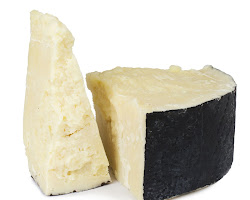
- Grana Padano: This Italian cheese is another good substitute for Parmesan. It is made from cow’s milk, and it has a nutty, savory flavor.

- Asiago: This Italian cheese is milder than Parmesan, but it still has a good flavor and texture. It is made from cow’s milk, and it has a salty, nutty taste.
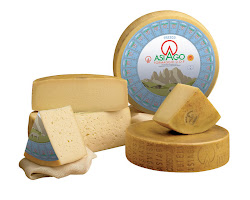
- Manchego: This Spanish cheese is a good option for those who are looking for a stronger flavor. It is made from sheep’s milk, and it has a sharp, salty taste.

- Gruyère: This Swiss cheese is a good melting cheese, so it is a good option for dishes like macaroni and cheese. It has a nutty, slightly sweet flavor.
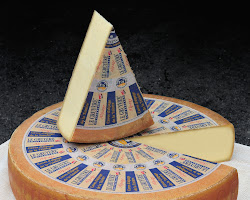
- Fontina: This Italian cheese is another good melting cheese. It has a mild, milky flavor.

- Havarti: This Danish cheese is a good option for those who are looking for a milder flavor. It has a sweet, buttery taste.
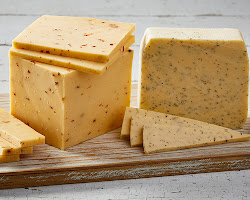
- Gouda: This Dutch cheese is a good all-around cheese that can be used in a variety of dishes. It has a sweet, nutty flavor.
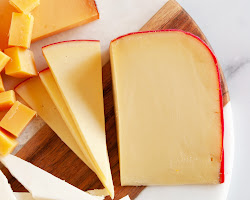
Non-Dairy Substitutes
- Nutritional yeast cheese: This is a popular vegan cheese substitute. It has a cheesy, nutty flavor and it can be used to sprinkle on top of dishes or to make a cheese sauce.
- Breadcrumbs: This is a simple and easy-to-find substitute for Parmesan cheese. They can be sprinkled on top of dishes or used to make a crust.
- Almond meal: This is another good option for those who are looking for a vegan or gluten-free substitute. It has a nutty flavor and it can be used to make a cheese sauce or to sprinkle on top of dishes.
- Cashew cheese: This is a more processed substitute, but it is a good option for those who are looking for a cheese that melts and becomes gooey. It can be found in many grocery stores or made at home.
- Tempeh: This is a fermented soybean product that can be used as a meat substitute. It has a slightly nutty flavor and it can be shredded and used in place of Parmesan cheese.
- Tofu: This is another soybean product that can be used as a meat substitute. It has a mild flavor and it can be crumbled and used in place of Parmesan cheese.
- Seitan: This is a wheat gluten product that can be used as a meat substitute. It has a chewy texture and it can be shredded and used in place of Parmesan cheese.
- Chickpea flour cheese: This is a good option for those who are looking for a gluten-free substitute. It can be used to make a cheese sauce or to sprinkle on top of dishes.
When to Use Each Substitute: A Guide by Cooking Method
The best Parmesan cheese substitute for your needs will also depend on the cooking method you are using. Here is a guide to help you choose the right substitute for each method:
- For grating: When you need a Parmesan cheese substitute that will grate easily, the best options are Pecorino Romano, Grana Padano, or Asiago. These cheeses have a similar hard texture and salty flavor to Parmesan cheese.
- For cooking: When you are cooking with Parmesan cheese, such as in a pasta sauce or risotto, you can use a variety of substitutes. Nutritional yeast is a good option for vegan or gluten-free dishes, as it has a nutty flavor that resembles Parmesan cheese. Breadcrumbs or almond meal can also be used to thicken sauces or add texture to dishes.
- For topping: When you are using Parmesan cheese as a topping, such as on a pizza or salad, you can use a variety of substitutes. Pecorino Romano or Grana Padano are good options for a strong, salty flavor. Nutritional yeast can also be used as a topping, but it will not have the same melting properties as Parmesan cheese.
- For baking: When you are baking with Parmesan cheese, such as in a quiche or bread, you can use a variety of substitutes. Pecorino Romano or Grana Padano are good options for a strong, salty flavor. Nutritional yeast can also be used, but it will not have the same browning properties as Parmesan cheese.
It is important to note that the best Parmesan cheese substitute for your needs will also depend on your personal preferences. Experiment with different substitutes until you find one that you like.
Here are some additional tips for using Parmesan cheese substitutes:
- When using a dairy substitute, such as Pecorino Romano or Grana Padano, you may need to add a little more salt to the dish to compensate for the loss of saltiness from Parmesan cheese.
- When using a non-dairy substitute, such as nutritional yeast, you may need to add a little more liquid to the dish to prevent it from becoming dry.
- When using a substitute that is not as strong as Parmesan cheese, such as breadcrumbs or almond meal, you may need to use more of it to get the desired flavor and texture.
Conclusion: The Best Parmesan Cheese Substitute for Your Needs
When choosing the best Parmesan cheese substitute for your needs, there are a few factors to consider. The most important factor is the flavor profile of the dish you are making. If you are looking for a substitute that will closely replicate the flavor of Parmesan cheese, then Pecorino Romano or Grana Padano are good choices. These cheeses have a similar salty, sharp, and nutty flavor to Parmesan cheese.
If you are looking for a milder substitute, then Asiago or Manchego are good options. These cheeses are still flavorful, but they have a less salty and sharp flavor than Parmesan cheese.
Another factor to consider is the texture of the dish. If you are making a dish that requires a cheese that will melt and become gooey, then Pecorino Romano or Grana Padano are not good choices. These cheeses have a hard texture and will not melt well. For dishes that require a melting cheese, Gruyère, Fontina, Havarti, or Gouda are good options.
Finally, you should also consider the dietary restrictions of your guests. If you are cooking for someone who is vegan, gluten-free, or lactose intolerant, you will need to choose a substitute that is suitable for their diet. Nutritional yeast, breadcrumbs, almond meal, cashew cheese, tempeh, tofu, seitan, and chickpea flour are all good vegan or gluten-free Parmesan cheese substitutes.
Ultimately, the best way to choose the best Parmesan cheese substitute for your needs is to experiment. Try different substitutes in different dishes until you find one that you like the best.






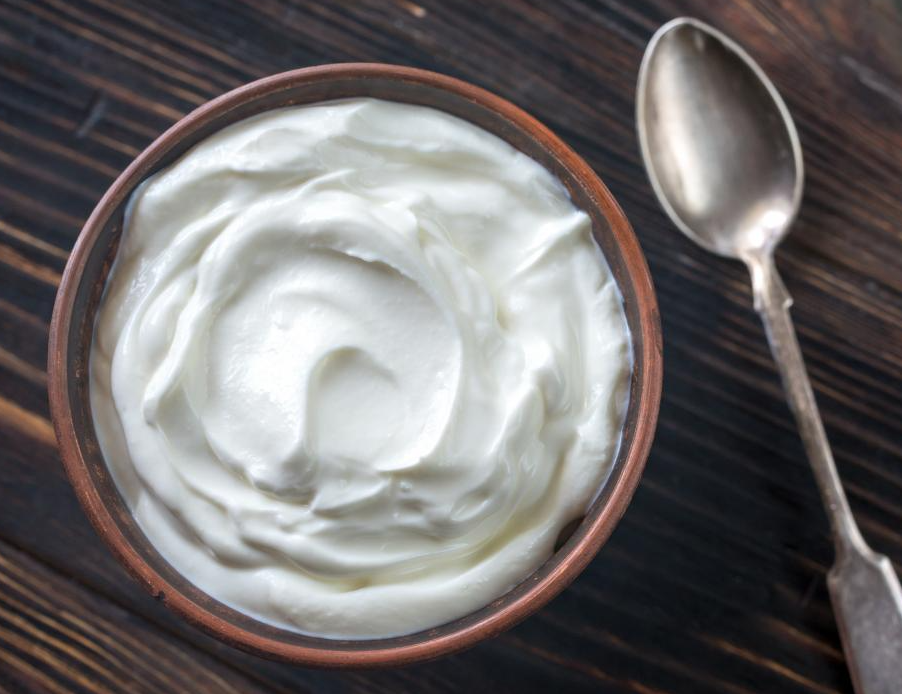


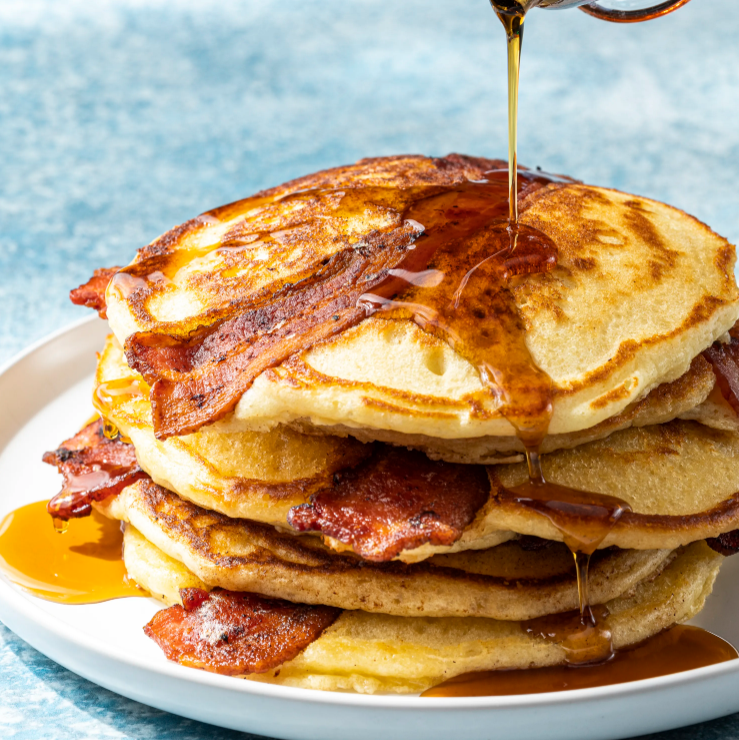
Leave a Reply